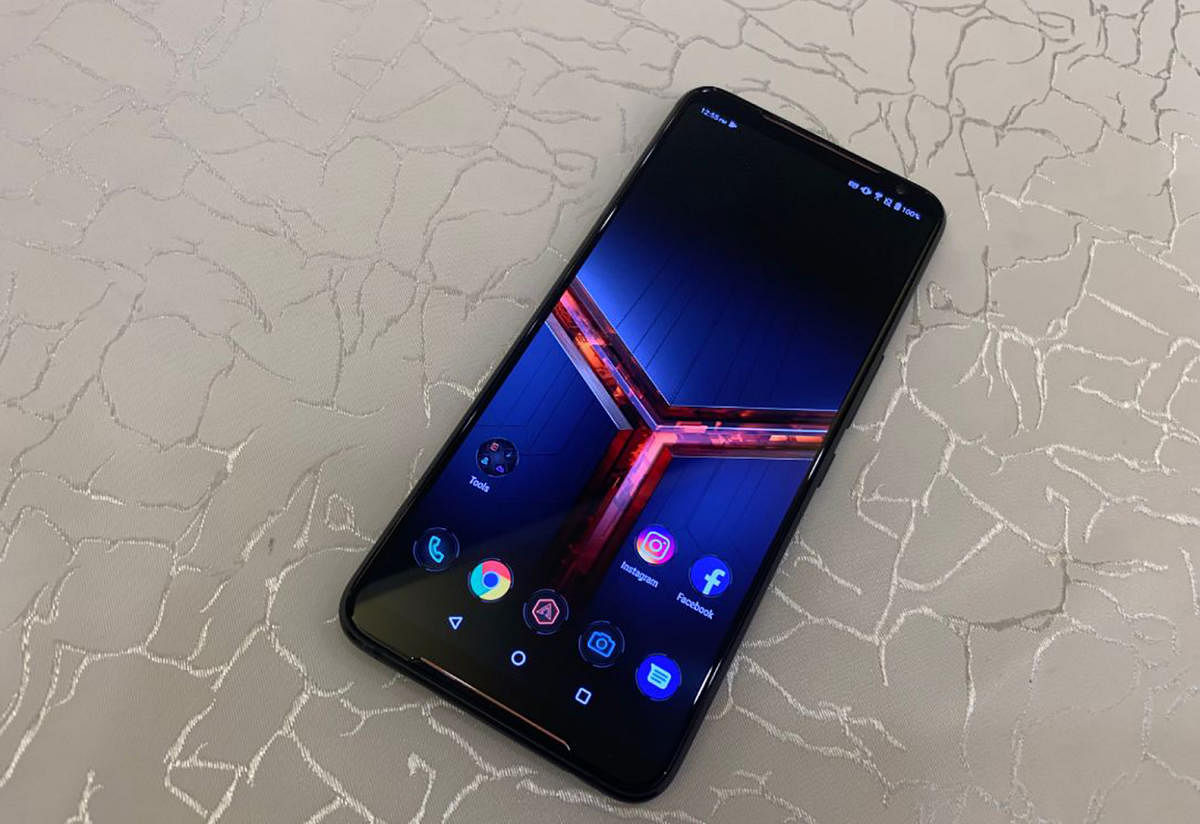
Asus ROG (1st gen) was a monster of a device with an array of accessories to enhance the gaming experience and the company is bringing the successor with the refined design language and beefed up internal hardware.
We got a chance to review the latest ROG 2 device and these are our impressions.
Display and design
The new ROG 2 looks more refined than the predecessor. Except for the glowing RGB LED brand logo, everything has undergone change. The first-generation model was bigger and more rugged, but the successor is smoothe and also compact. It is taller compared to any phone in the market, but it is helpful since people usually play games holding the phone horizontally, so the screen is wide to enjoy the immersive gaming experience.
Asus ROG Phone 2 sports a 6.59-inch full HD+ (2340x1080p) AMOLED screen with 108% DCI-P3, 100,000: 1 contrast ratio and 19.5:9 aspect ratio. It has an in-screen fingerprint sensor leaving more space for functional display in the front panel.
It has 240Hz response time, 20Hz refresh rate and support HDR 10 content. This means the user is assured of a great viewing experience, be it watching high-resolution videos on multi-media streaming service apps or playing graphics-rich games. Another aspect of the new ROG Phone 2 is that it comes with a metallic frame and Gorilla Glass 6 shield on the front and back panel. It was sturdy and premium.
Processor, RAM and storage
Asus ROG 2 boasts Snapdragon 855 Plus octa-core, Qualcomm’s latest and most powerful processor to date. The clock speed can reach up to 2.96GHz, fastest for an Android phone in the market. It is backed by Adreno 640 graphics engine and LPDDR4X RAM (up to 12GB) and UFS 3.1-based 128Gb/256GB storage.
With such a big configuration, it has enough power to play any graphics-heavy games. During the product briefing, Asus ROG 2 was tested on Asphalt 9, PUBG and even Shadowgun Legends played smoothly thanks to 120Hz refresh rate support on the display.
It also boasts dual front-facing stereo speakers with DTS:X Ultra system in addition to two vibration motors one each on top and the base. Both the features definitely add value to the gaming experience. As far as the interface is concerned, it runs on Android 9.0 Pie-based ROG UI edition.

